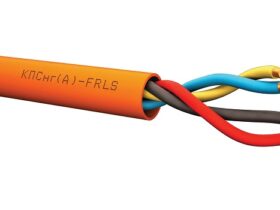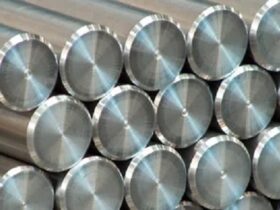Fans of Breaking Bad may recall the episode in which Walt, the protagonist, uses his illegally acquired money to make necessary repairs to his home.. The renovation has become a kind of metaphor for his desperate attempts to rebuild his relationship with his wife and son, and as a result, he becomes an obsession..
During one of several trips to a hardware store, a sales clerk asks him about the water heaters he is looking at. Walt asks about flow models and the clerk supposedly working on the commission lights up.
This moment is based on the very real fact that tankless water heaters are more expensive than their huge counterparts, but if you want and can plunge into the real world of instantaneous water heaters, you will find out that they will save you much more money in the long run. Although, if you go to the website of an online store of engineering plumbing, you will notice that the number of storage water heaters in the range is usually 2-3 times higher on average..
Than instantaneous water heater is better?
Firstly, non-container water heaters (no tank; storage) do not have a large reservoir. In storage water heaters, it’s not just a huge tank that takes up a lot of space, but it also needs to be filled with water, so it needs to be fixed and placed in a safe place, on walls and floors that can withstand it..
Traditional water heaters (with a tank) must maintain a constant temperature of this large volume of water in the tank so that a certain amount of hot water is available at all times. If you have used this hot water tank (someone in the family has washed), you need to wait for the new water entering the tank to heat up again.
This means that you spend more time and gas (electricity) keeping many gallons of water at a given temperature, even when you are not using them. This is something called backup heat loss and is a big expense in your utility bill..
In contrast, continuous flow heaters circulate the flow of incoming water past the heat exchanger and push it warm immediately. There is no residual energy loss and there is an endless supply of hot water. Gas models require extra ventilation, which is expensive in terms of setup and installation, and electric models will certainly boost your electricity bill. However, instantaneous water heaters also run on electricity and can also significantly increase your bill, but at least you will not spend money on heating the water tank — you will heat the amount of water you need at the time you need.
There are some important differences to consider in non-tank water heaters that can affect your purchase and installation..
Tankless hot water heaters come in two main categories: gas and electric. Electric models use an electrically driven electric heat exchanger, which will have a great effect on your energy bills, but sometimes it is nothing compared to the cost you spend due to heat loss in the tank..
You will need to take a look at the available gas models before choosing a gas water heater without a tank as these may require other additional equipment. If so, it will be troublesome and it might be worth considering choosing an electric model. Currently, an electric instantaneous water heater will cost more, but natural gas costs are projected to exceed electricity costs in the coming years..
Even though we already had tankless water heater technology in the late 1800s, we decided to standardize large tankless water heaters in homes across the country..
Now that gas and electricity are getting so expensive, many homeowners are finding different ways to save on their energy costs, one of which is energy efficient instantaneous water heaters. They have been popular in Europe and the East for a very long time, so it was only a matter of time before our economic reality and their convenience merged into a market need..
The best part is that a small number of instantaneous water heater models are rated as luxury items. People view water heaters without a tank as a status symbol, a marker of the savvy homeowner. As demand rises, unit prices are likely to decline, but now is the time to enter the trend..

















Оставить коммент.